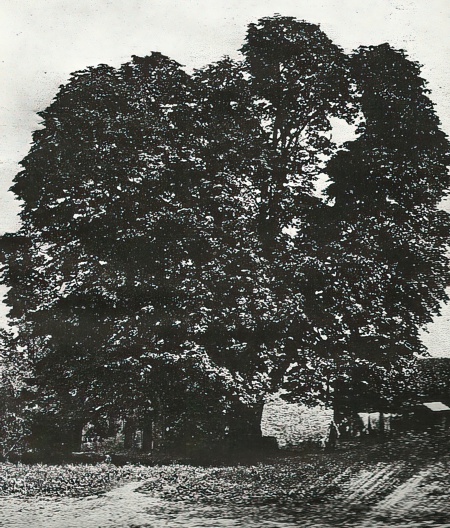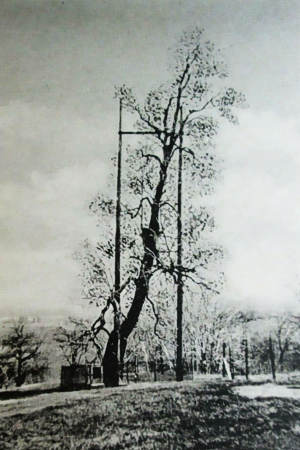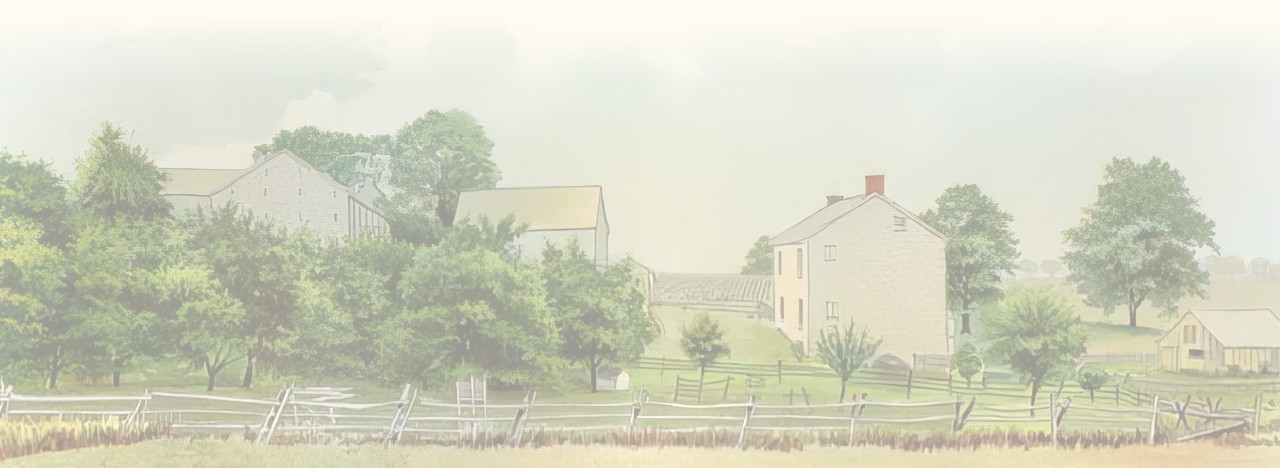Friendship Tree
 During his service in the in the militia (Revolutionary War), General Robert Brown met General George Washington and they became friends.
During his service in the in the militia (Revolutionary War), General Robert Brown met General George Washington and they became friends.
12 saplings were originally presented to George Washington by Colonel Henry Lee (aka "Light Horse Harry Lee") in 1785. The saplings were a European Horse Chestnut.
Brown was invited to Mount Vernon, where Washington in turn presented a gift of two of these chestnut saplings. One grew and was named Washington’s Friendship Tree. This tree perpetuates the last living link between these three patriots. It is a symbol of the friendship and their struggle for the freedom of America.
In 1920, the original Friendship Tree had grown to a height of 80 feet with a circumference of 27.5 feet at the base. It was the only one of the original dozen saplings to survive past adolescence and it blossomed into one of the "largest and oldest trees of its kind in America," Charles Sprague Sargeant wrote in 1921 who was the director of Arnold Arboretum at Harvard University.
 In 1921, the majestic chestnut tree was struck by lightning nearly splitting it in half. A tree surgeon from Reading was called to save the tree, and an elaborate sling was constructed to protect it.
Only one branch of the tree survived, but it continued to yield chestnuts.
In 1921, the majestic chestnut tree was struck by lightning nearly splitting it in half. A tree surgeon from Reading was called to save the tree, and an elaborate sling was constructed to protect it.
Only one branch of the tree survived, but it continued to yield chestnuts.
In 1928, Barbara Bayne of California, who was named Tree Historian of America by the American Forestry Association, collected 870 nuts from the tree. They were grouped in packages of 13 and sent to President Calvin Coolidge, the governors of all 48 states, all the countries in the world via their ambassadors in Washington, Mount Vernon, and to every state university in the nation.
The hope was to establish Friendship Groves throughout the world.
In 1953, the tree finally succumbed to an ice storm at the age of 168.



